

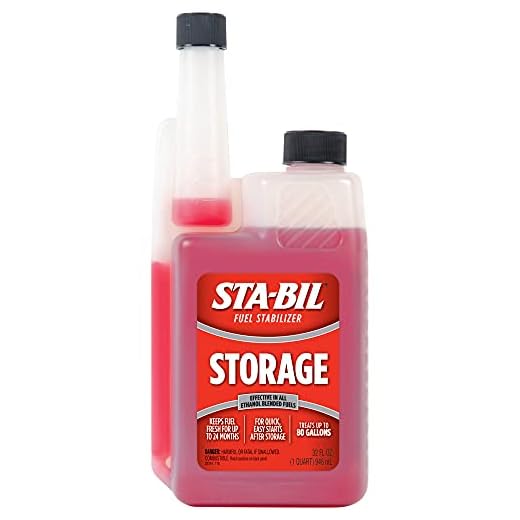

Checking the power supply is the first step I recommend. Ensure the unit is plugged in securely and that the outlet is functioning. If the outlet is connected to a switch, verify that it is turned on. Additionally, inspect the extension cords for any damage, as frayed wires can disrupt the flow of electricity.
Examine the safety features. Many models come equipped with features designed to prevent accidental operation. If the trigger gun is locked, simply unlock it according to the manufacturer’s instructions. Sometimes, the reset button on the motor needs to be pressed if there’s an overload condition.
Inspect the starter mechanism. For gas-powered machines, ensure there’s adequate fuel and check for any fuel line blockages. Examine the spark plug for wear or carbon buildup that might hinder ignition. Clean or replace it if necessary.
Lastly, review the maintenance history. A clogged filter or water inlet can restrict flow and impede performance. Regular cleaning and inspection of all components will help identify potential issues before they escalate. Being proactive is key to maintaining optimal functionality.
Potential Issues Behind a Non-Functioning Cleaning Unit
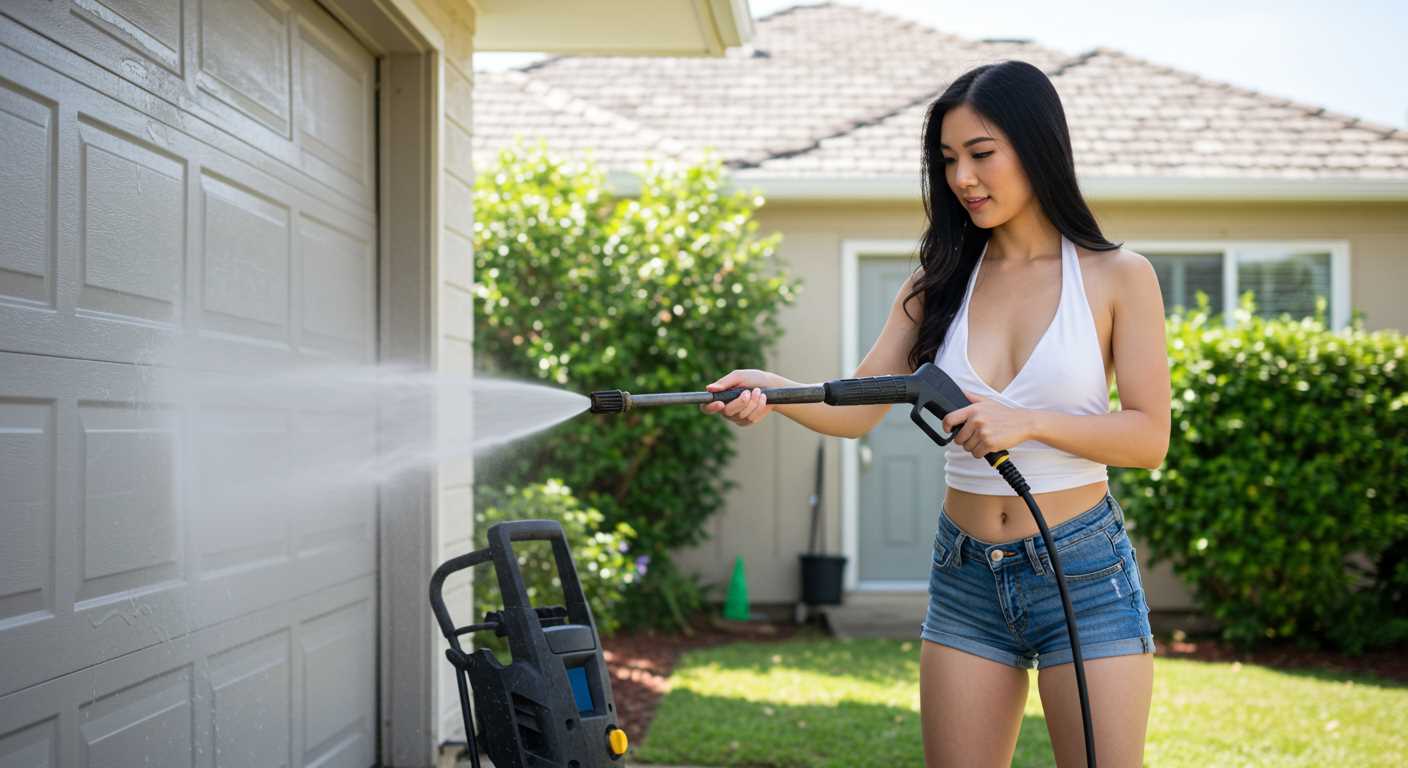
Check for fuel availability if the motor isn’t engaging. Ensure the tank has adequate petrol or diesel, as depleted fuel can prevent ignition.
Inspect the spark plug for wear or fouling. A compromised spark plug may fail to create the necessary spark. Replace it if necessary, ensuring connections are secure.
Verify the electrical connections and power supply. Loose wires or a tripped circuit breaker can disrupt operation. A functional outlet and proper extension cord are vital for smooth performance.
Look into the throttle settings; incorrect adjustment may result in the engine being unable to reach operational speed. Ensure that the throttle is set correctly before starting.
Review the oil levels. Many machines come equipped with low oil shut-off features. If oil is low or dirty, replenish or change it to maintain functionality.
Consider the water supply. If the intake is blocked or the hose is kinked, water flow cannot reach the unit, inhibiting startup. Check for obstructions and ensure the hose is in good condition.
Lastly, listen for unusual noises upon attempt to start. Grinding or knocking sounds can indicate internal issues that may require professional attention. Addressing these immediately can prevent further damage.
Common Electrical Issues to Check
Verify the power supply first. Ensure the outlet is functioning by testing it with another device. If the outlet is dead, check your circuit breaker and reset it if necessary.
Next, inspect the power cord. Look for fraying, cuts, or any signs of damage. A faulty cord can disrupt the flow of electricity to the unit.
Also, check the on/off switch. It may be stuck or defective, preventing the device from receiving power. Try toggling it several times.
Examine the extension cord, if used. Ensure it is rated for the device’s wattage and is in good condition. An undersized or damaged extension can lead to voltage drops.
Review the internal components as well. A blown fuse or tripped GFCI (Ground Fault Circuit Interrupter) can halt operations. Replace fuses as needed and reset any tripped GFCIs.
Lastly, inspect the motor. Listen for unusual sounds when you attempt to turn on the machine, which could indicate an internal failure that requires professional attention.
Fuel Problems and Their Impact
Keep an eye on the fuel quality; old or contaminated fuel can lead to difficulties in operation. If the gasoline has been sitting in the tank for more than a month, it may have degraded, causing poor combustion. Consider draining the old fuel and replacing it with fresh gasoline. Use fuel stabilisers if you anticipate extended periods without use.
Fuel Filter Issues
A clogged fuel filter impedes adequate fuel flow to the engine. Inspect the filter regularly and replace it according to the manufacturer’s instructions. If filtration becomes restricted, disassemble and clean it or swap it for a new one to maintain smooth performance.
Carburettor Challenges
Gumming in the carburettor can result from stale fuel. If misfiring occurs, cleaning the carburettor is essential. Use a carburettor cleaner to remove build-up and ensure all jets are clear. Always verify that all connections are tight to prevent air leaks that could compromise fuel delivery.
Water Supply and Connection Failures
Check the water source; make sure it’s flowing and the valve is fully open. A kinked or damaged hose can block the flow, leading to malfunction. Inspect all connections and ensure they are tight; loose fittings lead to a reduction in water flow.
hose diameter should match the specifications for optimal performance. Using a hose that’s too narrow can restrict the water supply, impacting the unit’s operation.
Ensure the intake filter is clean. Debris accumulation can obstruct water flow, making the equipment unresponsive. If the filter is dirty, remove and wash it under running water until it’s clear.
Check for leaks along the hose and connections. Any noticeable leaks may be indicative of larger issues that prevent efficient functioning.
If using a water tank instead of a mains supply, confirm that the tank is filled to an adequate level. Inadequate water levels can also disrupt performance.
| Issue | Solution |
|---|---|
| Kinked hose | Unravel and straighten the hose to restore flow. |
| Blocked filter | Remove and clean the filter to enhance flow. |
| Disconnection | Tighten all connections to prevent leaks. |
| Insufficient water supply | Check tank levels or open the water source completely. |
Review these factors regularly to ensure the unit operates smoothly and efficiently. Address any issues as soon as they arise to avoid further complications.
Understanding Pressure Washer Safety Features
Safety mechanisms play an integral role in the proper functioning of cleaning machines. These features protect both the user and the equipment from unforeseen incidents. Familiarising oneself with these components is paramount for safe operation.
Automatic Shut-off Systems
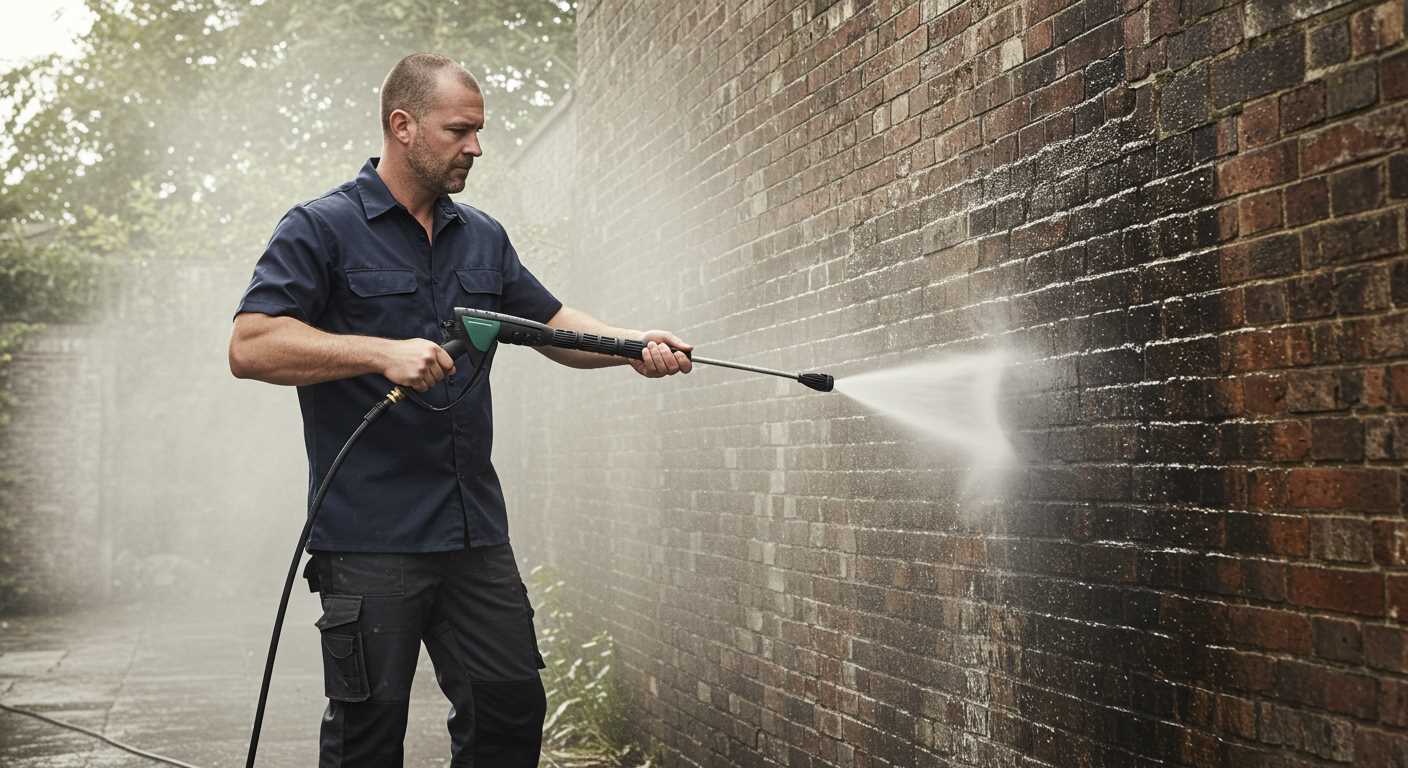
Automatic shut-off systems halt operation when the trigger is released. This feature conserves water and energy while preventing potential injuries caused by accidental activation. Regularly inspecting this mechanism ensures reliable performance; a malfunctioning trigger or switch needs immediate attention.
Thermal Relief Valves
These valves prevent overheating by releasing pressure build-up when temperatures rise too high. If the machine feels excessively hot during use, check the thermal relief valve for proper functionality. Neglecting this issue can lead to equipment damage or hazardous situations. Always ensure the valve is free from obstructions and operating smoothly.
Inspecting the Trigger Gun and Hose Assembly
Examine the trigger gun first for any visible signs of damage or blockage. A malfunction in this component can prevent any flow of water, making activation impossible. Check the nozzle for clogs; debris can easily obstruct it. Remove and clean the nozzle with a small brush or soak it if necessary.
Checking the Hose for Leaks
Inspect the hose for leaks, cracks, or wear. Pressurised water can escape through any compromised area, impacting performance significantly. Run your hand along the length of the hose while checking for moisture, which indicates a leak. If found, consider replacing the hose for optimal functionality.
Assessing Connections
Verify the connections between the gun, hose, and machine are secure. Loose fittings may lead to water loss and inefficiency. Tighten any loose connections by hand or using appropriate tools if required. A thorough connection check ensures that water is directed correctly, contributing to better operation.
Maintenance Tips to Prevent Starting Issues
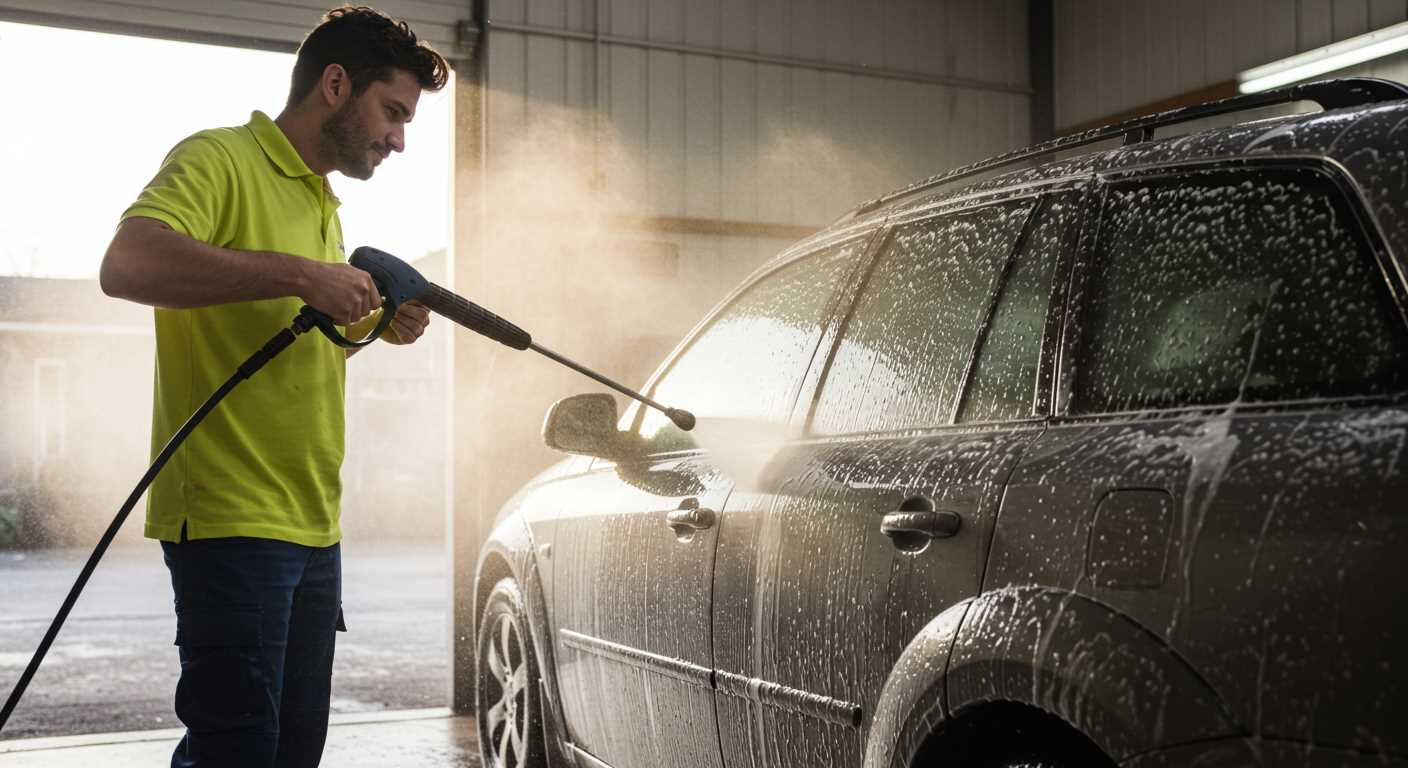
Regular upkeep plays a significant role in avoiding initiation problems with your cleaning equipment. Schedule a maintenance routine to ensure longevity and optimal performance.
1. Inspect Air Filter
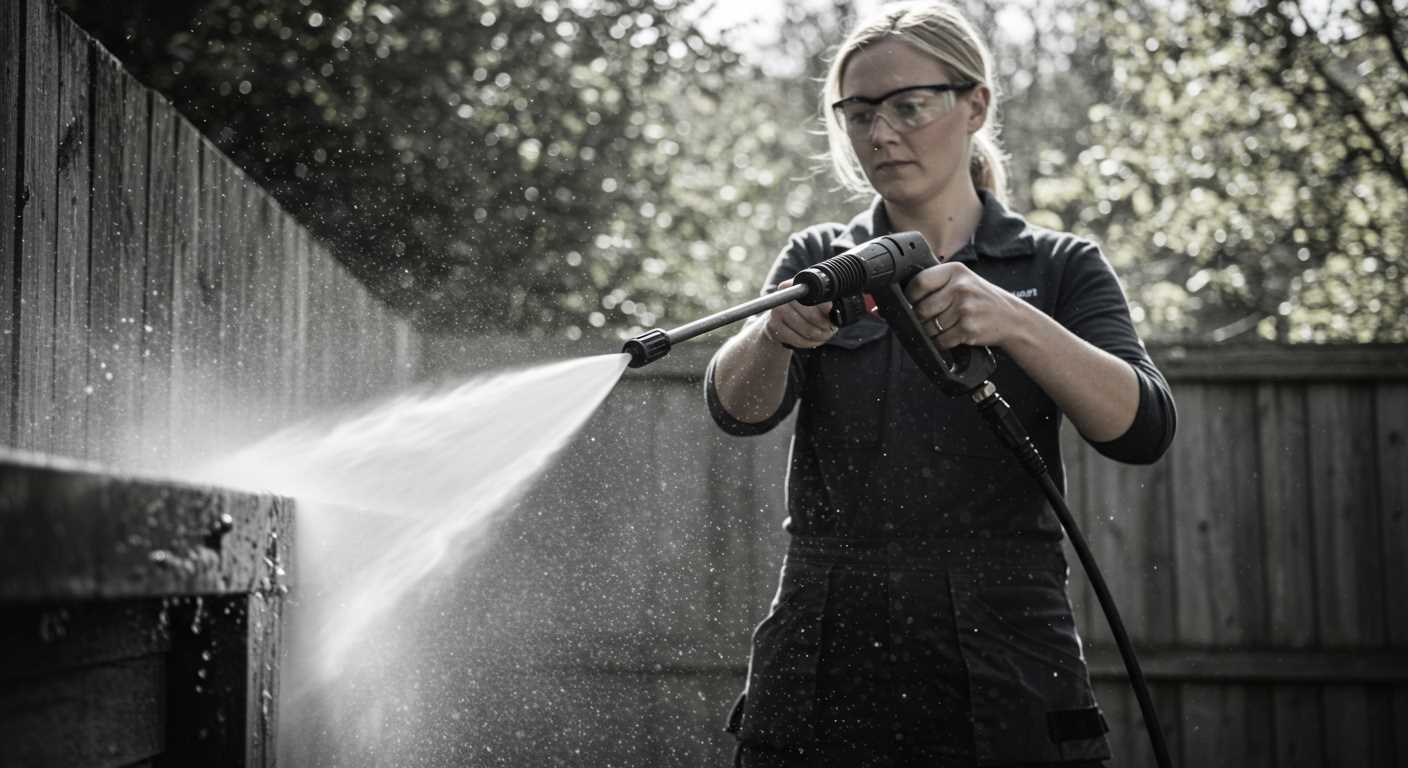
Always check the air filter. A clogged filter restricts airflow, hindering engine performance. Replace or clean the filter from dust and debris every few months.
2. Change Oil Regularly
Engine oil should be fresh to maintain proper lubrication. Adhere to the manufacturer’s recommendations for oil changes, typically after every 50 hours of use.
3. Clean Spark Plug
A dirty spark plug can lead to ignition failure. Remove and inspect the plug; clean or replace it as needed. Ensure that the gap is set to the manufacturer’s specifications.
4. Check Fuel System
- Use fresh fuel to prevent gum and varnish build-up in the fuel system.
- Inspect fuel lines for cracks or leaks, replacing them when necessary.
- Ensure the fuel filter is clean and unobstructed.
5. Store Properly
When storing, drain fuel to avoid stabilisation issues. Keep the equipment in a dry, protected area, free from extreme temperatures to ensure all components remain functional.
6. Seasonal Check-up
Before the peak usage season, conduct a thorough inspection. Check all connections, hoses, and components to identify any issues that need attention prior to operation.
7. Read the Manual
Consult the owner’s manual for specific maintenance guidelines. Adhering to manufacturer recommendations will help you avoid unnecessary repairs.









